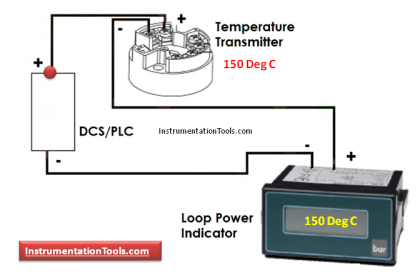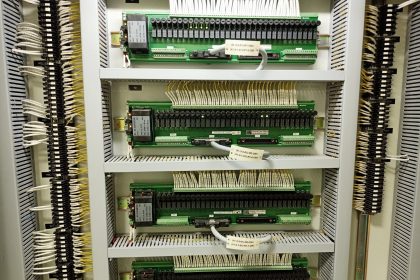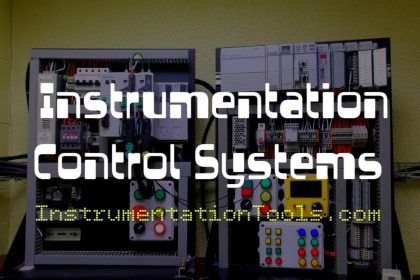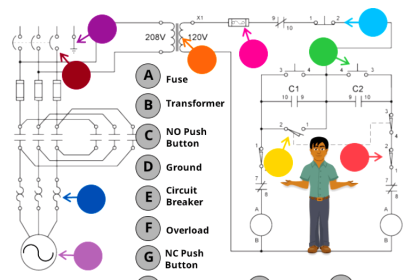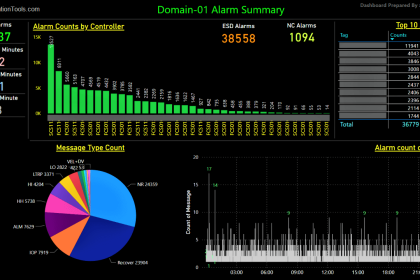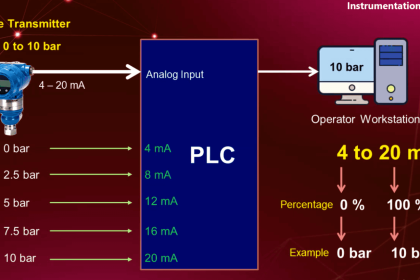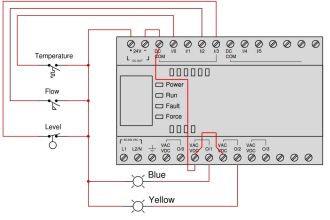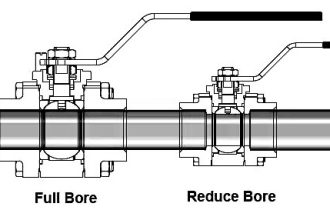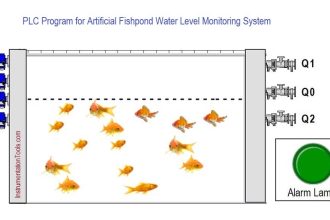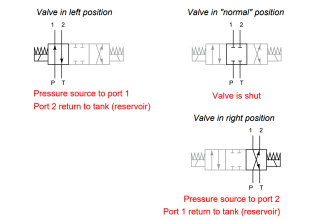If you are an IT engineer or app developer, and you want to see how it is performing with the users, the first important thing you need is data. This data will help you with the information regarding how the app or software is performing. This data is called telemetry data.
Nowadays, most of the data is stored in cloud services and applications. To access them, you need a platform that will then help you with all the user data. These platforms usually are of two types – third-party agents (high cost) and open standard.
An open standard is called open telemetry in other terms. If the engineer thus wants a successful application or software, he must first understand the concept of open telemetry properly.
Open Telemetry is a framework for collecting data in cloud-native applications including tracing, metrics, and logging.
What is the meaning of Open Telemetry?
Let us first understand how data management happens on cloud servers. There are three types of functions happening in an application or software – metrics, logs, and traces.
Metrics means it shows all the current data of a PC or network, log means it is a data logging facility that brings time-stamped records of data, and traces means the events it shows related to an app or software when it performed (almost all types of events).
All this data is merged in a single framework in an open platform, where it has technologies to capture, store, and export this data to the programmers who require it. Your cloud application is automatically synced with this platform and you get to manage all the telemetry data through this.

How does Open Telemetry work?
For an app developer, it is very difficult to find what is happening inside an app of 100 users for example. Every user will have its own set of usage performance. So, let us see now how this open telemetry system works.
Every application in a single user will generate data internally which will comprise metrics, logs, and traces. All this data will then be sent to a cloud platform (open telemetry service here), which will collect, record, and keep it export-format ready for the app developers requiring it.
The framework of open telemetry means it has its own set of rules and regulations, which will be the same in all the platforms. That means suppose there are five open telemetry system providers.
All these five services will be built on a common framework rule and have the same working inside. That is why it is called open because any service provider can use it to design his system for telemetry data management.
The telemetry service will have its components which are as (these are a combination of both the application side and cloud platform side) – application programming interface (API), software development kits (SDK), data specifications, open telemetry collector, receiver, processor, and exporter.
These are open-source tools and can be programmed through Java or Python. They work in tandem to represent data in a proper format for the programmer.
The programmer will find it very easy to understand through its graphics and designs. Now, in simpler terms, this system is a part of the observatory system, where the programmer can properly view what is happening inside his application to every user individually.
Benefits of Open Telemetry
If the programmer decides to switch a service, he will find it very easy, as the service is designed on an open platform which is common in all the services using it and there will be very minor changes in terms of representation and usage. So, there is no concept of vendor lock-in here, otherwise if he had not opted for an open platform and instead went for a third-party agent, he would be bonded with him.
The framework design is very standard and easy to understand. Everything from data collection to representation to comparison is standard in its own way.
The cost of using it is lower than using a third-party agent service.
The setup of open telemetry is very easy to use and understand. This saves the programmer time and he can use it for his own development period, as he will not have to concentrate here unnecessarily.
It can also provide alerts and warnings to the programmer in case of any fault, which helps in an easier way for root-cause detection.
If you liked this article, then please subscribe to our YouTube Channel for Instrumentation, Electrical, PLC, and SCADA video tutorials.
You can also follow us on Facebook and Twitter to receive daily updates.
Read Next:
- What is 21 CFR in SCADA?
- Safety Barrier in PLC System
- What is a Remote Terminal Unit?
- SCADA and Telemetry Systems
- Telemetry Systems Objective Questions
